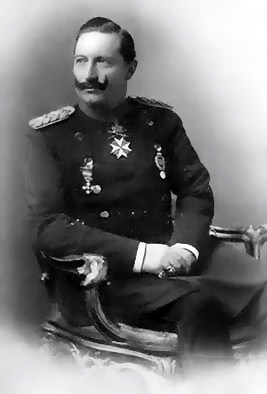The Protest
In January 1919, 50,000 workers went on strike and demonstrated in the centre of Berlin.
This demonstration was taken over by the Spartacist leadership. Newspaper and communication
buildings were seized and the demonstrators armed themselves. However, many protesters returned
home frustrated at the lack of planning by the Spartacists.
The Government, which had moved to
Weimar to avoid the violence, employed the Freikorps to put down the rising. The Freikorps were
ex-army soldiers who hated the communists. Over 100 workers were killed during what became known as 'Bloody Week'.
